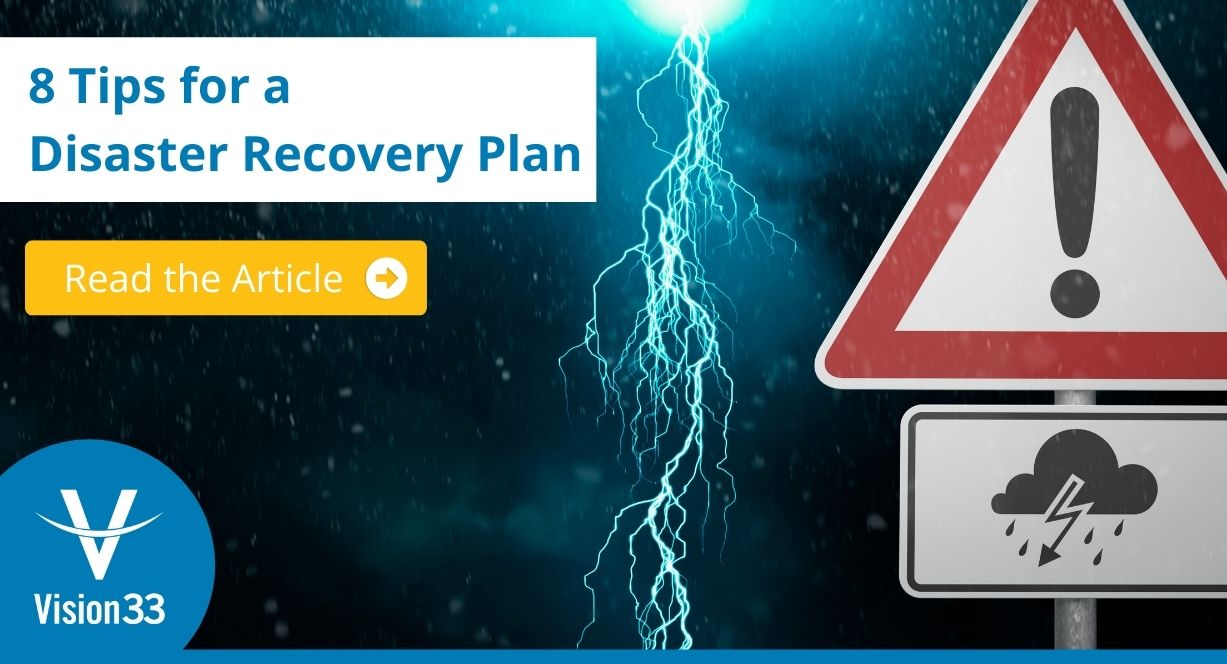Unmask the Hidden Costs of QuickBooks
Sage IntacctAre you throwing money and manpower at a system that's holding you back? Discover the hidden costs...

July 14, 2015
Blog > 8 Tips for a Disaster Recovery Plan
Can your business afford the dire consequences of a data breach, network outage, ransomware attack, or even a natural disaster like a fire or flood?
Any business, regardless of size or industry, is vulnerable to a disaster. And it's not enough to just hope it doesn't happen to your business; you need to put proper preventive measures in place. Taking the time to implement a solid backup, disaster recovery and business continuity plan can help ensure you get back up and running in little time if the unthinkable should happen.
At minimum, your company should have the following infrastructure for a duplicate environment in place:
Moving your data to the cloud is not just ideal, but is an easy and affordable way to keep it safe and secure. And with the cloud, you won't need the added infrastructure expense of a second physical site.
To learn more about taking flight to the cloud and to understand how some of our customers have protected their businesses and their data from disaster, download the free eBook below.
Subscribe to our newsletter to receive our latest blog posts, case studies and ERP news delivered straight to your inbox.
Are you throwing money and manpower at a system that's holding you back? Discover the hidden costs...
[Updated] One integrated solution streamlines operations, whether you distribute soft goods, hard...
With Sage Intacct Payroll Powered by ADP, you can eliminate disconnected systems. Learn why this is...
Recieve our latest blog posts, case studies, and ERP news
delivered straight to your inbox.